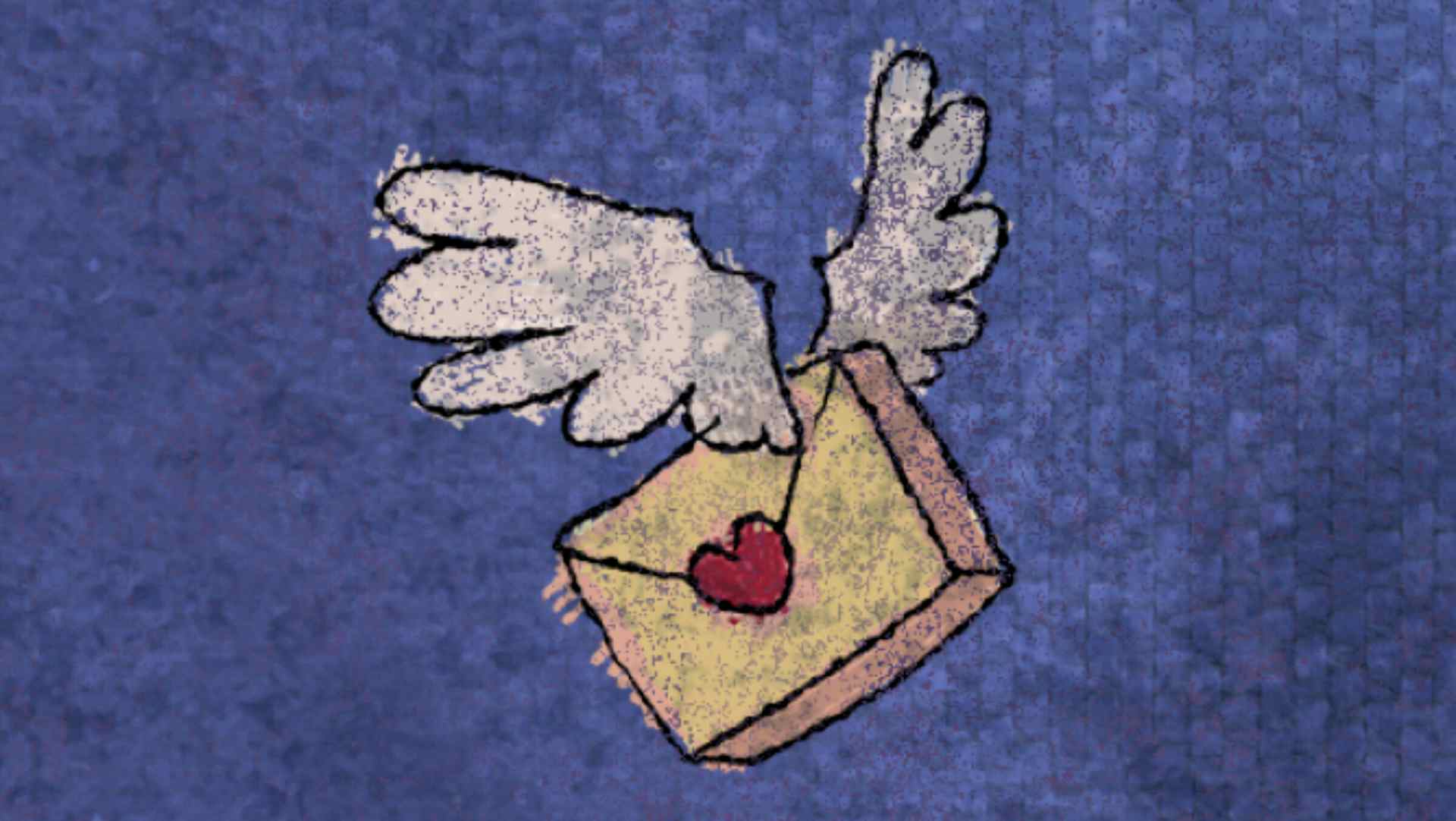Robert Horton is a Scarecrow board member and a longtime film critic. This series of "critic's notes" is chance to highlight worthy films playing locally and connect them to the riches of Scarecrow's collection.

Steve McQueen's new film Blitz has received lukewarm reviews, and deservedly so. McQueen's forays into straightforward filmmaking tend toward clumsiness, as though the director were not quite at home in this traditional form. But outside that box, in his Small Axe series (especially the dreamlike Lovers Rock) and the documentary-bordering-on-art-installation Occupied City, McQueen can find an interesting groove.
His first feature, Hunger (2008), is one of the interesting ones. Here is my review of the film, originally published in The Herald, in which I prove I am a sucker for an extended long take—in this case, a spellbinding one.
Hunger
A man plunges his hands into a bathroom sink, wincing with pain. He kisses his wife goodbye and drives quietly to work. Later that morning, he again goes to a bathroom sink and soothes his hands in cold water, but this time the knuckles are freshly bloodied.
Because the film we are watching doesn't spell anything out for us, we now surmise the reason for that initial wince: this is a prison guard in Northern Ireland in the late 1970s, whose hands have been made raw by the beatings he administers to the prisoners at Long Kesh, the notorious prison outside Belfast.
Hunger is a movie that rarely explains itself, even though it depicts a specific moment in history. It is the opposite of a standard-issue picture such as Frost/Nixon, which dutifully lays out the backstory and the period flavor. Instead, Hunger takes an elliptical approach. Its director and co-writer is Steve McQueen, a British artist whose previous work has been experimental and mostly confined to museum walls.
McQueen shares his name with the star of The Great Escape, but there is no escape in Hunger. The republican prisoners are housed in miserable conditions at Long Kesh, especially after their demands to be treated as political prisoners are denied. (To Irish republicans they are political prisoners; to British loyalists, they are terrorists.)
First this protest takes the form of the "dirty strike," as the inmates refuse to wash or empty their chamber pots. The film is one-third over before we meet IRA operative Bobby Sands (Michael Fassbender), the man whose 1981 hunger strike prompted international headlines as well as an implacable stance from British Prime Minister Margaret Thatcher.
McQueen takes an artist's view of the situation, concentrating not on the overarching issues in Northern Ireland but on the immediacy of being in Long Kesh at that moment. Much of the film plays without dialogue, as the camera surveys the wasted bodies, the snow quietly falling outside the windows, the excrement smeared across the cell walls—a strange fresco that becomes an act of defiance.
This poetic approach stops cold in the middle of the film, as McQueen devotes 20 minutes to a spellbinding dialogue scene between Sands and a priest (Liam Cunningham, brilliant). Mostly shot in a single unmoving camera take as the two men furiously smoke cigarettes, this sequence violates every rule ever written in a how-to screenwriting book.
It is also one of the most remarkable scenes in recent memory.
Hunger, which won a prize for best first film at the Cannes Film Festival last year, is a haunting experience. At times its heavily aesthetic approach seems at odds with the gravity of the subject, but at other times it illuminates in a way a news report can't touch. Hunger stands alone.
November 22, 2024


